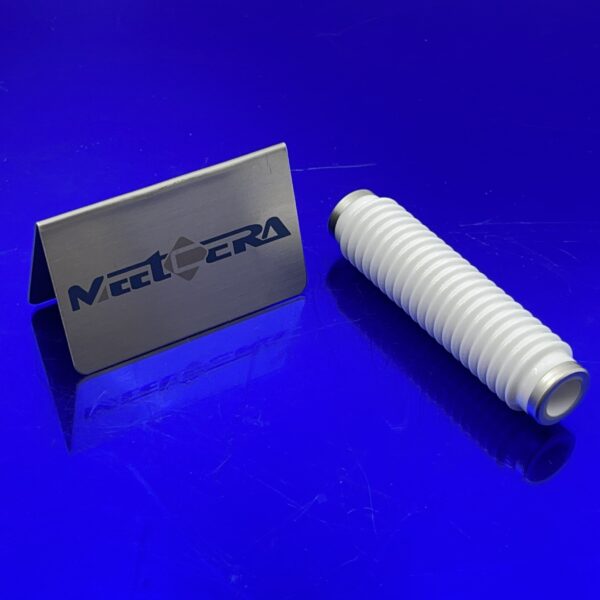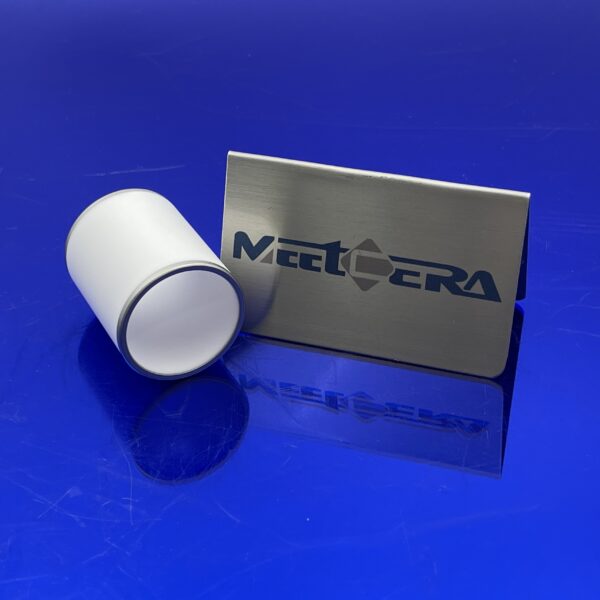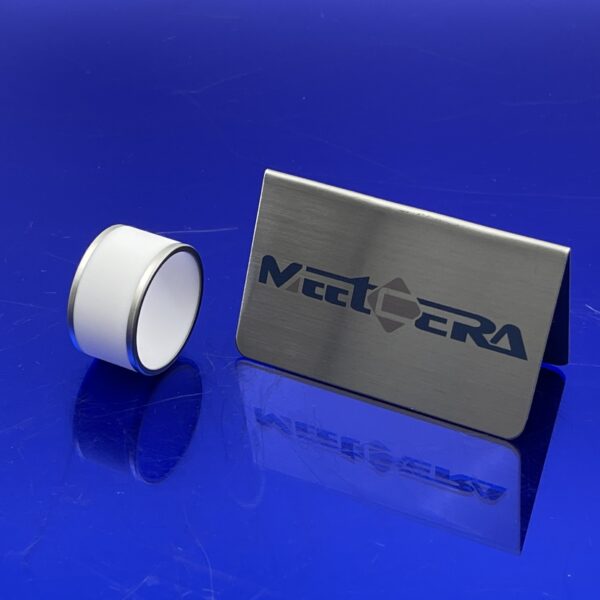Graphite, a material with a unique structure and versatile properties, showcases the diverse beauty of materials science with its outstanding performance. As a naturally occurring carbon material, graphite, presented in its profound black color, reveals its potential for extensive applications across various fields.
- The Wonders of Layered Structure: The crystalline structure of graphite is a scientific marvel, composed of layers of hexagonally arranged carbon atoms. This structure imparts exceptional conductivity and thermal conductivity to graphite, playing a crucial role in electronics and heat conduction.
- Leaders in Electrical and Thermal Conductivity: Graphite is renowned for its excellent electrical and thermal conductivity. In electronic devices, graphite is widely used as a conductive material, and in the field of thermal management, its superior thermal conductivity makes it the preferred solution for heat dissipation.
- Corrosion Resistance and High-Temperature Stability: Graphite exhibits excellent corrosion resistance, finding extensive applications in the chemical industry. Simultaneously, graphite maintains structural stability at high temperatures, making it an ideal material choice for high-temperature processes in areas such as oil refining and metal smelting.
- The Miracle of Strength and Lightweight Design: Despite the relatively weak interlayer bonding of graphite, its mechanical strength parallel to the layers is remarkably high. This potential makes graphite promising for the manufacturing of lightweight, high-strength materials, particularly in applications within aerospace and automotive industries.
- Advanced Lubricating Material: Graphite is an excellent lubricating material due to its layered structure, enabling interlayer sliding. In mechanical manufacturing and lubrication, the application of graphite provides a feasible solution to reduce friction.
- Supporter of Renewable Energy: Graphite plays a crucial role in energy storage. In lithium-ion batteries, graphite is a common anode material, supporting the storage and release of electrical energy and contributing to the development of renewable energy.
- Innovative Applications of Graphite: Innovative applications of graphite continue to emerge. The discovery of graphene, a two-dimensional material derived from graphite, has ignited enthusiasm among scientists and become a research hotspot in the development of new materials and electronic devices.
In conclusion, graphite, as a vital player in materials science, provides ample space for technological innovation with its multifaceted outstanding performance. Its excellence in conductivity, thermal conductivity, corrosion resistance, and lubrication establishes graphite as an indispensable material in various fields.








No comment